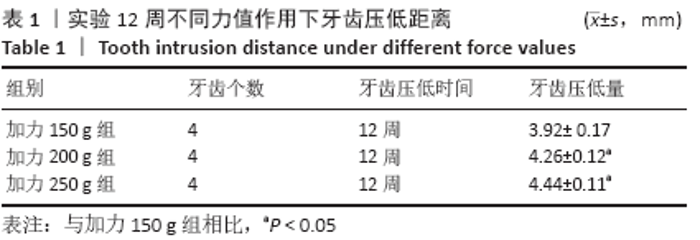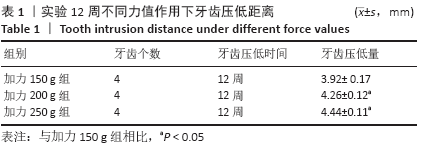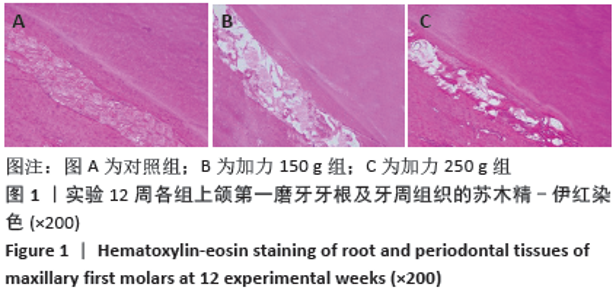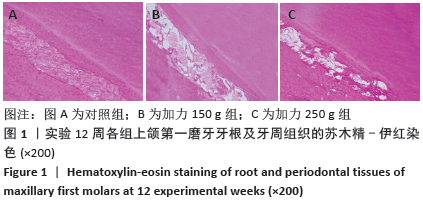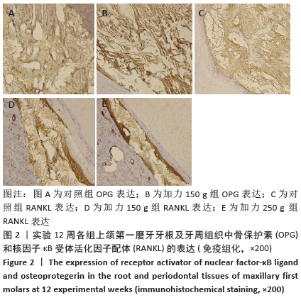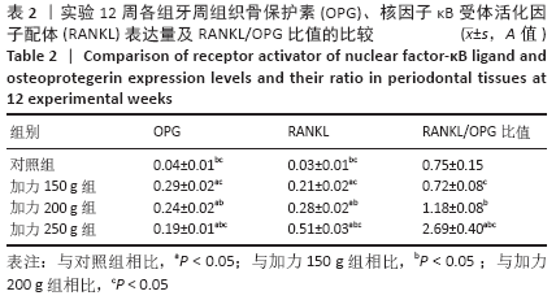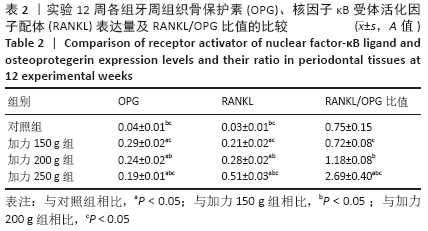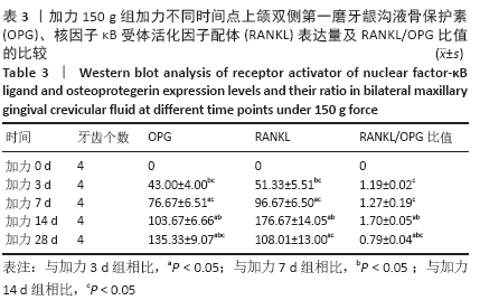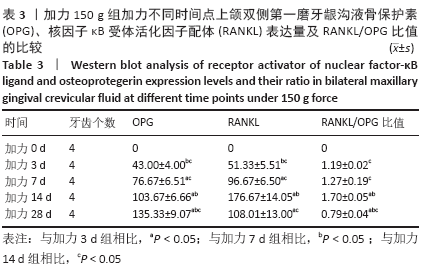[1] 邹双双,温兴涛,徐卓,等.微种植支抗压低成年人上颌伸长磨牙的CBCT分析[J].口腔医学,2019,39(5):436-438.
[2] 张春利.微型种植钉支抗在口腔正畸中的临床应用效果[J].口腔医学研究, 2018,10(3):135-137.
[3] 李翀乾,刘继光.正畸治疗中牙根吸收影响因素的研究进展[J]. 北京口腔医学,2018,26(3):178-181.
[4] 许辉明,陈雪芬,孙晓峰. 微型种植体支抗在正畸治疗中的疗效观察[J]牙体牙髓牙周病学杂志,2018,28(12):724-732
[5] 田青鹭,赵志河.微型种植体在口腔正畸中稳定性的研究进展[J].国际口腔医学杂志,2020,47(2):212-218.
[6] 吴也可,郜然然,左渝陵,等. 影响微种植体正畸治疗成功率的因素[J]. 中国组织工程研究,2020,24(4):538-543.
[7] 陈妍曲,唐敏,黄旋平. 影响微种植体支抗稳定性的现状研究[J].中国组织工程研究,2017,21(30):4915-4920.
[8] ALBOGHA MH, TAKAHASHI I. Effect of loaded orthodontic miniscrew implant on compressive stresses in adja-cent periodontal ligament. Angle Orthod. 2019; 89(2):235-241.
[9] HUNG KF,AI QY,FAN SC, et al. Measurement of the zygomatic region for the optimal placement of quad zygomatic implants. Clin Implant Dent Relat Res. 2017;19(5):841-848.
[10] SEIFI M, MATINI NS. Evaluation of primary stability of innovated orthodontic miniscrew system (STS): An ex-vivo study. J Clin Exp Dent. 2016;8(3):255-259.
[11] TABUCHI M, IKEDA T, NAKAGAWA K, et al. Ultraviolet photofunctionalization increases removal torque values and horizontal stability of orthodontic miniscrews. Am J Orthod Dentofacial Orthop. 2015;148(2):274-282.
[12] 周冠军,李晨曦,焦晓丽,等.微型种植体直径和长度优化设计在Ⅳ类骨质中应力分布的三维有限元分析[J].中国组织工程研究,2016,20(12):1812-1817.
[13] BARTZELA TN, MALTHA JC. Medication effects on the rate of orthodontic tooth movement. Biol Orthod Tooth Mov. 2016;31(3):133-159.
[14] 丘雨蓓,郭伟忠,陈江. 较大载荷下加载时机对正畸微种植钉骨结合的影响[J].口腔医学研究,2019,35(5):480-482.
[15] 刘建明.探讨正畸支抗选用微种植钉对牙根周组织的损伤影响[J].口腔医学研究,2018,3(10):129-136.
[16] 喻凤,邓锋, 张翼,等.骨皮质切开术对比格犬前磨牙压入移动影响的三维形态学研究[J]. 华西口腔医学杂志,2016,34(3):267-271.
[17] RAJAE E, HALIMA SQ, LOUBNA B. Orthodontic aligners and root resorption: A systematic review. Int Orthod. 2017;15(1):1-12.
[18] HATEM AA,CARLOS FM,AMANY H, et al. Orthodontic-induced External Root Resorption of Endodontically Treated Teeth: A Meta-analysis. J Endod. 2019;45(5): 483-489.
[19] WOODS NC. The roles of osteoprotegerin and osteoprotegerin ligand in the paracrine regulation of bone resorption. Am J Orthod. 1988;93(3):185-187.
[20] OHMAE M,SAITO S,MOROHASHI T, et al. A clinical and histological evaluation of titanium mini-implants as anchors for orthodontic intrusion in the beagle dog. Am J Orthod. 2001;119(5):489-497 .
[21] DAIMARUYA T, NAGASAKA H, UMEMORI M, et al. The Influences of Molar Intrusion on the Inferior Alveolar Neurovascular Bundle and Root Using the Skeletal Anchorage System in Dogs. Angle Orthod. 2001;71(1): 60-70.
[22] 李耀,唐正龙,陈小燕. PTH加速下颌升支截骨术后正畸牙移动过程中RANKL/OPG的表达[J].实用口腔医学杂志,2019,35(3):371-375.
[23] SEBASTIAN AA, KANNAN TP, NORAZMI MN. Interleukin-17A promotes osteogenic differentiation by increasing OPG/RANKL ratio in stem cells from human exfoliated deciduous teeth (SHED). J Tissue Eng Regen Med. 2018;12(8):1856-1866.
[24] JUN K, MASARU Y, MAMI S. Notch signaling induces root resorption via RANKL and IL-6 from hPDL cells. Orthodontic Waves. 2016;75(4) :84.
[25] WU LL, SU YY, LIN F. MicroRNA-21 promotes orthodontic tooth movement by modulating the RANKL/OPG balance in T cells. Oral Dis. 2020;26(2):370-380.
[26] 李雪,封小霞. 微种植钉支抗临床应用中的负面效应[J].国际口腔医学杂志,2013,40(4):493-495.
|
